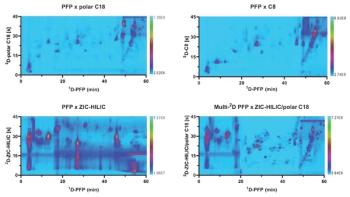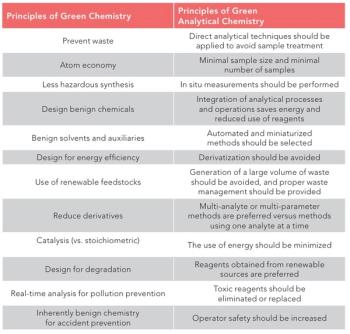
FULLY AUTOMATED DRIED BLOOD SPOT EXTRACTION SYSTEM
Fully automated Dried Blood Spot (DBS) Extraction System for MS. On-card IS application module for extraction efficiencies and matrix effect correction. Wash station for minimized carry-over effects.
The CAMAG DBS-MS 500 makes DBS analysis remarkably easy and offers an efficient alternative to manual and semi-automated extraction techniques. The robotic sample processor selects the DBS card from a 100-position sample tray (out of five), reads the identification, and compares it with the expected identity. The next station optionally applies the internal standard allowing for extraction efficiencies and associated matrix effect correction. The card is then transferred to the extraction station, where analytes and internal standard are eluted from the card and passed to the sample loop of the LC. The highly effective extraction unit wash station avoids carry-over and provides utmost reliability. Analysis of replicates shows a reproducibility of better than ±3% for peak area ratios.
Key features:
• Fully automated handling of up to 500 DBS cards
• Barcode reading device for card identification
• Automated internal standard application module
• Extraction module independent of LC mobile phase
• Wash station to eliminate carry-over
• Easy integration with any LC-MS system
Contact Details:
CAMAG
Sonnenmattstrasse 11
4132 Muttenz
Switzerland
Newsletter
Join the global community of analytical scientists who trust LCGC for insights on the latest techniques, trends, and expert solutions in chromatography.




